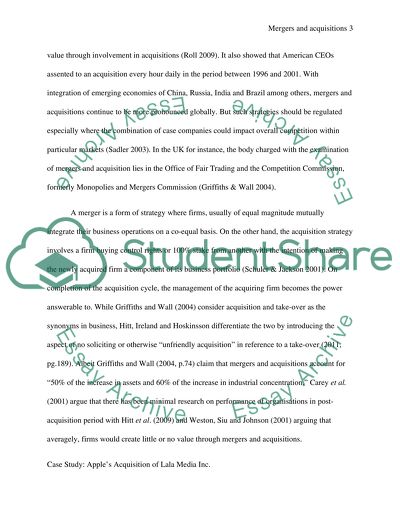Cite this document
(“Finance essay on Mergers and Acquisition Assignment”, n.d.)
Retrieved from https://studentshare.org/finance-accounting/1397459-mergers-acquisitions-an-acquisition-case-study
Retrieved from https://studentshare.org/finance-accounting/1397459-mergers-acquisitions-an-acquisition-case-study
(Finance Essay on Mergers and Acquisition Assignment)
https://studentshare.org/finance-accounting/1397459-mergers-acquisitions-an-acquisition-case-study.
https://studentshare.org/finance-accounting/1397459-mergers-acquisitions-an-acquisition-case-study.
“Finance Essay on Mergers and Acquisition Assignment”, n.d. https://studentshare.org/finance-accounting/1397459-mergers-acquisitions-an-acquisition-case-study.


